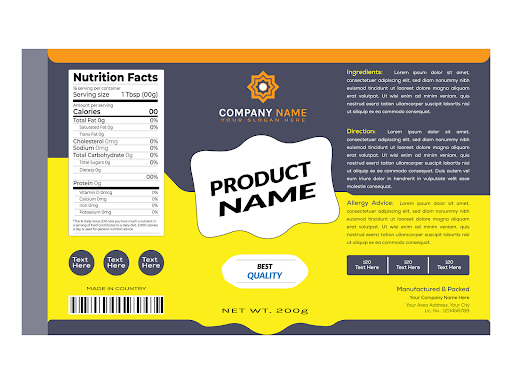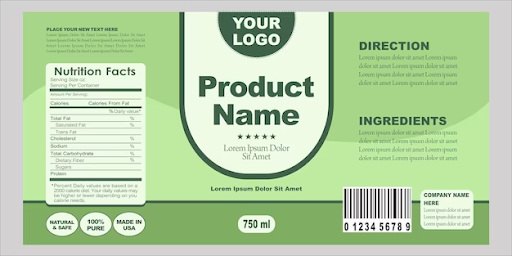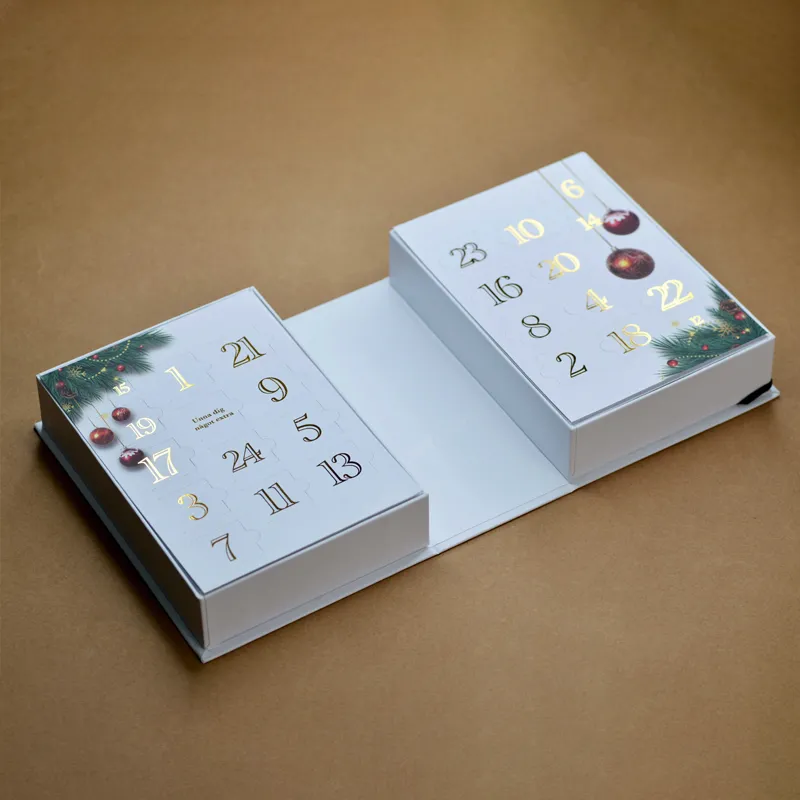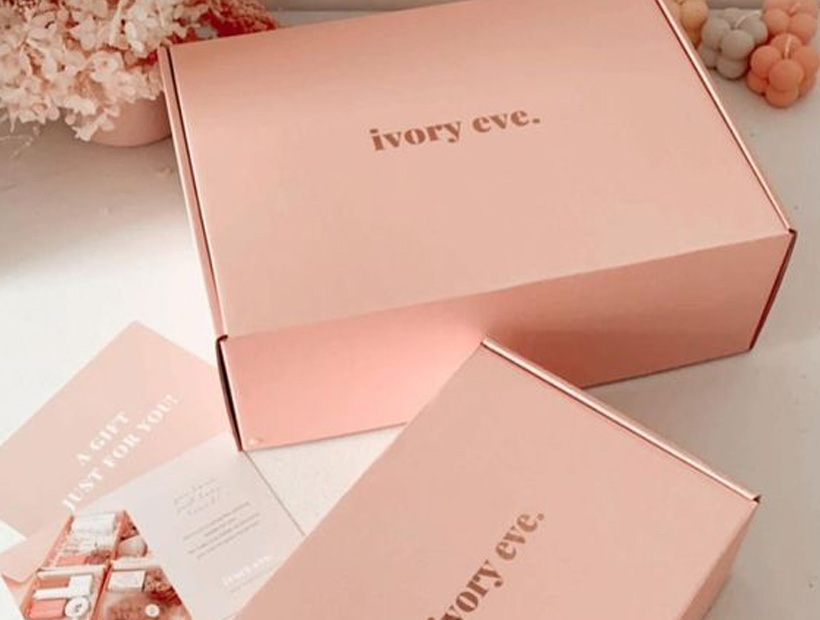Today’s e-commerce landscape is very competitive, and the best companies are required to leverage the ability of excellent packaging to create the best identity and image for themselves. A good, well-designed packaging label creates a memorable customer experience, adds to the uniqueness of your brand, conveys professionalism, and can even be an excellent driver for customer loyalty. However, despite all the good that a custom packaging label can do, it is still a big surprise that so many online businesses overlook them, settling for bland and generic labels that do a poor job of reflecting the brand’s personality.
As an online brand, by making your own packaging labels, you can take charge of your brand’s visual identity and use your skill, expertise, and creativity to create something that would leave a lasting impression on your customers. In this article, we’ll explore all there is to know about packaging labels, including their benefits, materials, and how to make one.
So without further ado, let’s dive into the world of packaging labels and see where the current takes us!
What is a Packaging Label?

A packaging label is a sticker or tag attached to a package or shipment, which contains information about the contents, shipping details, and branding elements. It serves as a visual representation of a brand and plays an important role in defining customer roles, either positively or negatively. Typically, a packaging label includes details such as the ones given below:
- Product name and description
- Shipping address and instructions for use
- Safety warnings
- Barcode or QR code for tracking
- Brand logo and tagline
- Custom graphics or designs
Packaging labels can be made from various materials, including paper, plastic, or vinyl, and they come in different shapes, sizes, and finishes. They may be applied manually or automatically, depending on the volume of shipments. Effective packaging labels communicate important information, foster brand recognition, and add a professional touch to your shipments.
How Can Packaging Label Help with Your Business?

A packaging label has myriad utilities, each of which can significantly help improve the quality of your brand. Some of the ways in which packaging labels can help are listed below:
- Boosting Brand Recognition: Custom labels help showcase your brand’s logo, color scheme, and aesthetics in general. This, in turn, reinforces your identity and builds recognition.
- Creating a Professional Image: A well-designed label conveys a sense of professionalism, instilling trust and credibility with customers.
- Product Identification: A label clearly indicates product names, descriptions, and handling instructions. This reduces confusion and errors.
- Marketing Opportunity: A label can include promotional messages, social media handles, or website URLs. This helps your label extend its marketing reach.
- Compliance: Labels can include necessary information like barcodes, QR codes, and shipping details, ensuring compliance with government regulations, a necessary prerequisite for any business that considers itself legal.
- Improving Customer Experience: Attractive labels can add a personal touch, making unboxing experiences memorable and shareable.
By investing your time, energy, and money in custom packaging labels, you can improve your brand’s image, ensure compliance with government regulations, and create a lasting impression on customers. So, what’s your excuse?
Label Sticker Material Types
Choosing among the numerous label material types available entails careful consideration of the applications. Your choice should very much depend on two factors; the type of surface you want to adhere to, and the environmental conditions the label would be subject to
Surface types include:
- Corrugate
- Paper
- Packaging films
- Plastics
- Metal
- Glass
Environmental conditions are also a very critical factor when choosing labeling materials. Each condition should influence your choice of label.
You need to consider whether your label would need to resist:
- Bright light
- Extreme temperatures
- Harsh weather
- Abrasion
- Moisture
- Oil
- Alcohol
- Grease
You need to know and consider all these environmental factors before making a decision.
Other factors you may consider include whether your labels need to be tear-resistant, tamper-proof, fluorescent, or frequently repositioned.
There are so many subdivisions of label materials that listing them would be nearly impossible. However, we can broadly classify label material types into five broad categories:
- Matte or Gloss Paper:
Whether you choose a gloss or matte finish, ensure it is equipped with an aggressive general-purpose acrylic adhesive. Paper labels are quite cost-effective and also eco-friendly. A matte finish reduces glare, while a gloss one enhances graphics and branding. While suitable for most applications, paper labels may not be durable enough for harsh conditions.
- Polypropylene (PP):
Polypropylene is a very popular plastic label material. Moderately flexible, water-resistant, and suitable for outdoor use, it is a great choice for conditions requiring durability. Just so you know, it is inexpensive too. Polypropylene can offer the shine that a gloss finish provides with a lot more durability to boot.
- Kimdura:
Kimdura is a synthetic paper-label material known for its exceptional durability, water resistance, and tear strength. It is the real deal when it comes to heavy-duty applications such as industrial, chemical, and outdoor labeling.
- Polyester:
Polyester (PET) is a strong, flexible plastic label material that is generally resistant to abrasion, chemicals, and extreme temperatures. It is also heavy-duty label material. Applications can include industrial, automotive, and medical labeling, to name a few.
- Tyvek
Tyvek is a high-performance label material made from flash-spun polyethylene fibers. It is lightweight, water-resistant, and tear-resistant. This makes it ideal for uses that require durability and flexibility, such as pharmaceutical, medical, and outdoor labeling.
How to Customize Your Own Packaging Label Stickers (A Step By Step Guide)
If, after reading everything thus far, you’ve decided to produce a packaging label sticker but aren’t sure how to get started, don’t worry; it’s a simple procedure with only a few stages. Read the guide below to learn how to create your own unique packaging label stickers.
- Step 1: Determine Your Label Requirements
First of all, identify the size, shape, material, and finish needed for your labels. Consider factors like the surface you’ll be applying the label to, the environment it will be in, and the level of durability required before concluding.
- Step 2: Design Your Label
To achieve your desired design, you can engage the services of a designer or graphic design software. Include your branding, product information, and any necessary warnings or instructions you wish to pass across on the design.
- Step 3: Choose a Label Material
Now, select a material that meets your label requirements (the ones discussed in Step 1). It may be paper, polypropylene, polyester, or Tyvek.
- Step 4: Select a Printing Method
In this step, you have to decide on the printing method: digital, flexographic, or screen printing. Each method has its own benefits and limitations.
- Step 5: Order Your Labels
Provide a label manufacturer or an online supplier with your design file and specify the material, size, and quantity needed
- Step 6: Apply Your Labels
Lastly, apply your labels to your packaging using your hands or a label applicator.
Key Takeaway
As you can see, custom packaging label stickers play a crucial role in building your brand’s visual identity and creating a memorable customer experience. With a proper understanding of the different label material types and the significance of environmental conditions, and following the above steps, you too can easily create effective and durable labels tailored to your taste or needs.


